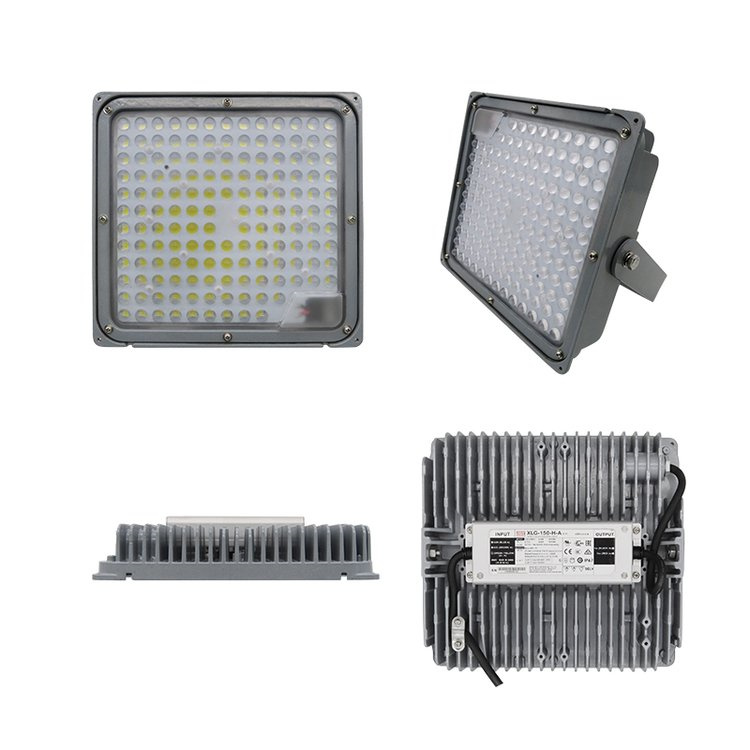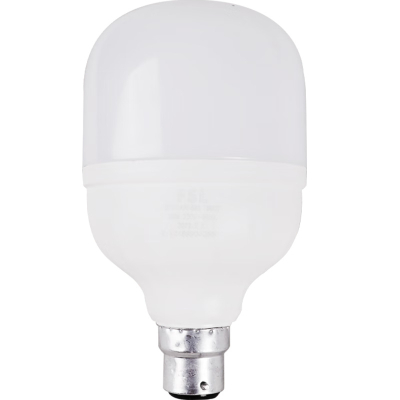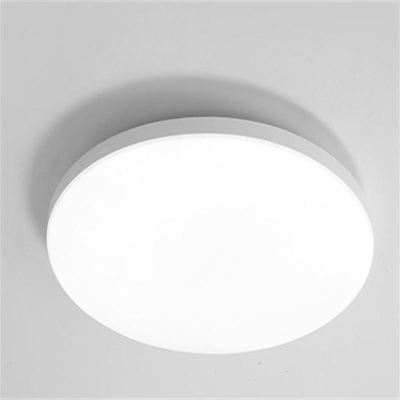High Temperature Lighting
High - temperature lighting refers to lighting systems that are designed to operate effectively in environments with elevated temperatures. These lighting fixtures are crucial in various industrial, commercial, and even some specialized domestic settings where normal lighting might fail due to excessive heat.
The housing of high - temperature lighting fixtures is a critical component. It is typically made from materials that can withstand high temperatures without deforming or deteriorating. High - temperature alloys such as refractory metals (like tungsten alloys) or heat - resistant ceramics are often used. Tungsten alloys have excellent high - temperature strength and can maintain their structural integrity even at very high temperatures. Ceramics, on the other hand, offer good insulation properties and resistance to heat - induced chemical reactions.
The housing is designed to have a shape and structure that allows for efficient heat dissipation. This may involve fins or other heat - sinking features to increase the surface area for heat transfer. Some high - temperature housings also have a double - walled or insulated design to protect the internal components from the external heat source and to prevent the transfer of excessive heat to the surrounding environment.
High - temperature lighting often utilizes light sources that can endure and perform well under extreme heat. For example, in high - intensity discharge (HID) lamps like metal halide or high - pressure sodium lamps, the arc tube is designed to operate at very high temperatures. The arc tube is usually made of quartz, which has a high melting point and can withstand the intense heat generated by the electrical discharge inside.
In the case of LEDs (Light - Emitting Diodes) used in high - temperature applications, special packaging and heat - management techniques are employed. The LED chips are attached to heat - dissipating substrates such as ceramic or metal - core printed circuit boards (PCBs). These substrates help to conduct the heat away from the LED chips, ensuring their proper operation and longevity.
The optics and lens in high - temperature lighting need to be made of materials that can tolerate the heat. High - temperature - resistant glasses or ceramics are used for the lens. These materials have a low coefficient of expansion, which means they are less likely to crack or distort under temperature changes. The lens is designed to focus or diffuse the light as required, and its optical properties are maintained over a wide range of temperatures.
Some high - temperature lighting fixtures also incorporate reflective coatings or mirrors. These reflective components are made of materials such as aluminum with a high - temperature - resistant coating to ensure efficient light reflection and redirection even in a hot environment.
To prevent the ingress of hot gases or dust and to maintain the internal environment of the lighting fixture, high - quality sealing and gaskets are used. These are typically made of heat - resistant materials such as silicone or fluorocarbon elastomers. The gaskets are designed to provide a tight seal around the housing joints and lens, protecting the internal components from the external high - temperature environment and ensuring the fixture's overall reliability.
The electrical components in high - temperature lighting must be able to operate under extreme heat conditions. The wiring is usually made of high - temperature - resistant insulation materials such as mica - based or ceramic - insulated wires. These materials can withstand the heat without losing their insulating properties and prevent short - circuits.
For power supplies and drivers (in the case of LED lighting), they are often designed with heat - sinking capabilities and are placed in areas of the fixture that are less affected by the external heat. Some components may also have built - in temperature - compensation circuits to adjust their performance according to the temperature, ensuring stable operation of the light source.
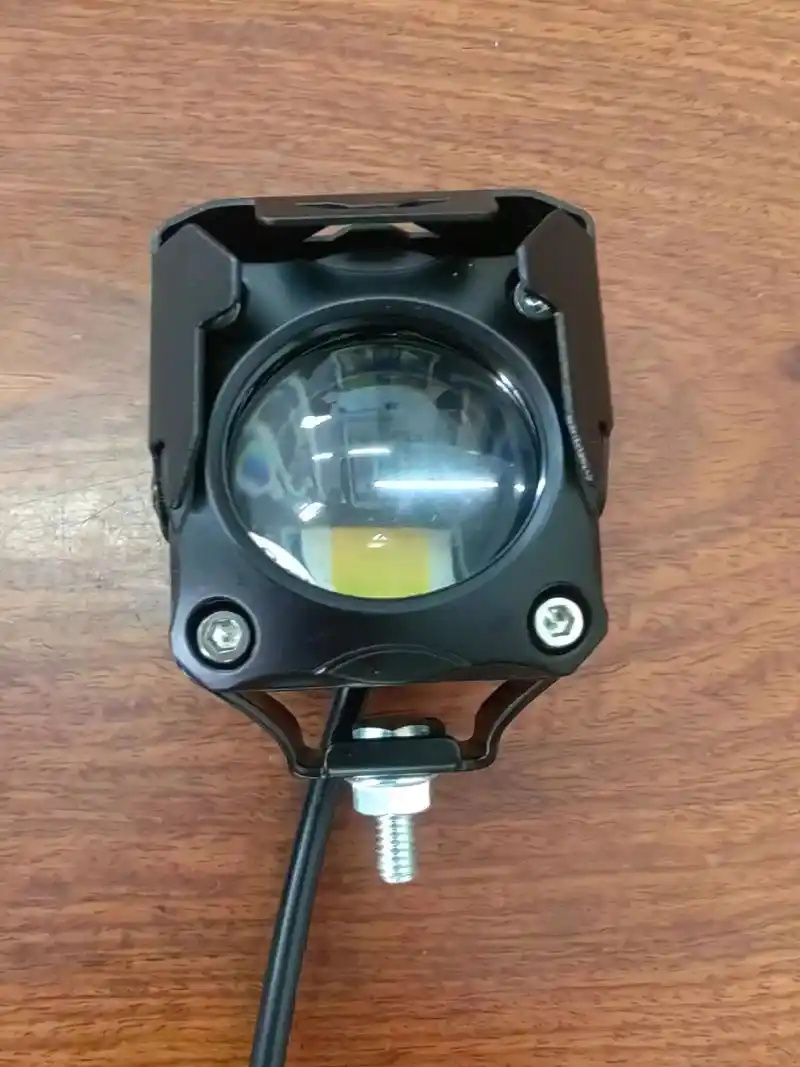
When the high - temperature lighting fixture is powered, the electrical energy is supplied to the light source. In HID lamps, the electrical discharge through the arc tube heats the gas (metal halide or sodium vapor) to a very high temperature. The excited gas atoms then emit light through a process of radiative recombination.
For LEDs, the electrical current passing through the LED chips causes electrons to recombine with holes in the semiconductor material, resulting in the emission of light through electroluminescence. The light is then directed and shaped by the optics and lens. The heat generated during the operation of the light source is dissipated through the housing and its heat - sinking features to the surrounding environment, allowing the fixture to maintain its proper functioning even in a high - temperature setting.
The primary advantage of high - temperature lighting is its ability to provide consistent illumination in environments where other lighting solutions might fail. This makes it indispensable in industries such as metalworking, glass manufacturing, and other high - temperature industrial processes.
By being designed to handle high temperatures, these lighting fixtures have a longer lifespan compared to standard lighting in such conditions. The use of heat - resistant materials and proper heat - management techniques reduces the rate of component degradation, ensuring reliable operation over an extended period.
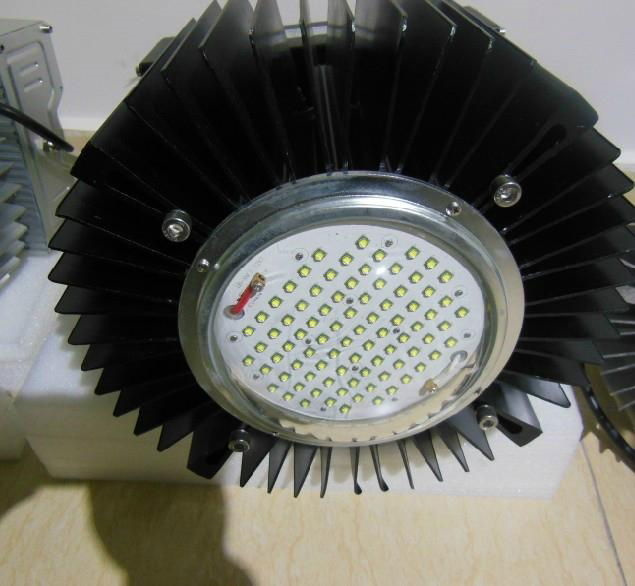
High - temperature lighting is used to provide illumination inside industrial furnaces and kilns during the operation and inspection processes. This allows operators to monitor the progress of heating, melting, or other high - temperature processes.
In foundries, these lights are used to light up the casting area, including the molds and molten metal pouring stations. The ability to operate in the presence of high - temperature molten metals is crucial for safety and quality control.
In laboratories and quality - testing facilities, high - temperature lighting is used in testing chambers to observe the behavior of materials and products under extreme heat conditions.

